"Everyone Said I'd Fail, Yet I Cultivated the Most Precious Ingredient for the Incense"
Moshe Kedem decided to import and grow saffron in Israel, believing it to be the most valuable ingredient of the incense. "They told me it wouldn't work, but if King Solomon could smell saffron in Jerusalem, it must be possible," he claims.
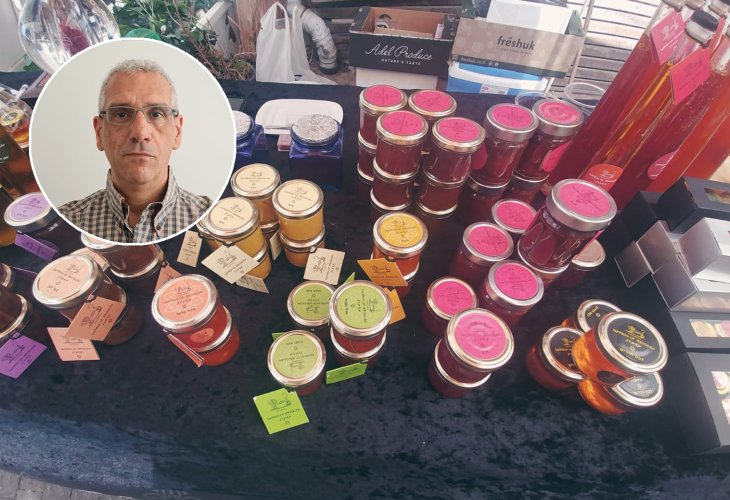 Saffron displayed at the port market (Inset: Moshe Kedem)
Saffron displayed at the port market (Inset: Moshe Kedem)After Moshe Kedem studied art, economics, and law in Paris, he decided to move to Israel and became... a gardener. If this sounds like yet another sad story of new immigrants sacrificing their careers for life in the Holy Land, a surprise awaits you.
Although it's true that Moshe was told his education from France wasn't recognized in Israel, forcing him to start life anew without skills or language, it was gardening that led him to a unique project he’s now advancing — growing saffron, considered the world's most expensive spice. "Immigrating also brought me to a complete return to faith," he notes, "and today, I’m involved in the most significant task possible — cultivating saffron for preparing incense for the Temple, which will be built with Hashem’s help in our days."
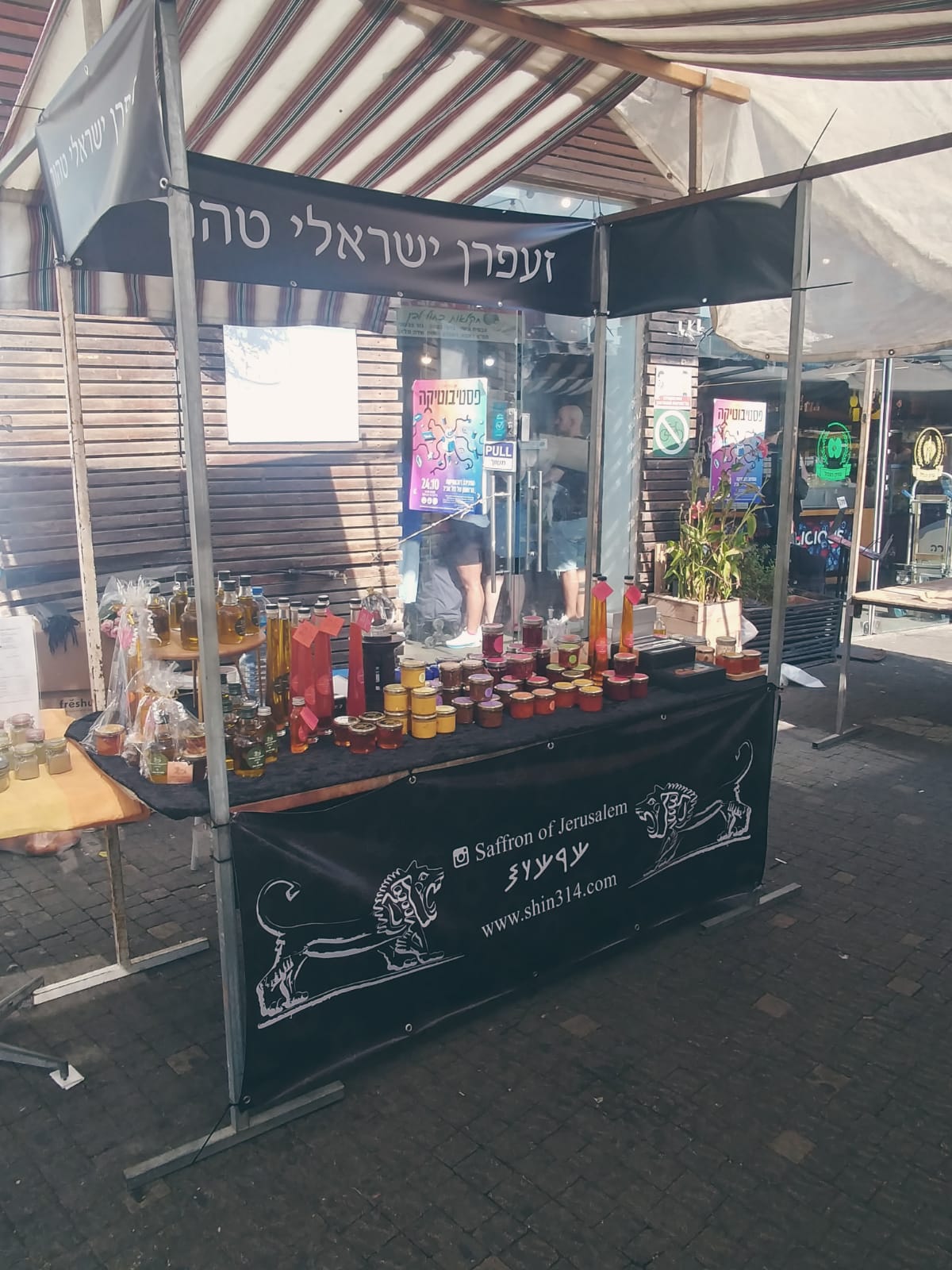
The Most Expensive Spice in the World
How does a simple gardener become someone who grows the world’s most expensive spice? "It began when I worked as a farmer in Israel for about three years," Moshe recalls those days, "Gardening introduced me to agriculture, leading me to specialize in setting up irrigation systems. I started working in Jerusalem, later moving to Tel Aviv, always doing hands-on work."
However, after three years, he missed the art field he previously pursued and decided to return. Thus, he founded an organization to promote contemporary art and even launched a unique gallery in Tel Aviv. At some point, he decided to fly to Paris to set up a special gallery for Israeli art, renewing a different exhibition from Israel every month.
Yet, as days went by, Moshe felt the atmosphere in Paris wasn’t right for him, especially as antisemitism was rising. "It was during Operation Cast Lead," he explains, "Muslims walked the streets of Paris, entered the gallery to curse me, shouting that I'm Jewish and killing children in Gaza. I felt there was no place for me in Paris, and even more, it deepened my connection to Jewish heritage. It brought me closer to my roots, starting to attend Torah classes and adhering to mitzvot. During those days, I humorously say that I returned to gardening, both figuratively and literally."
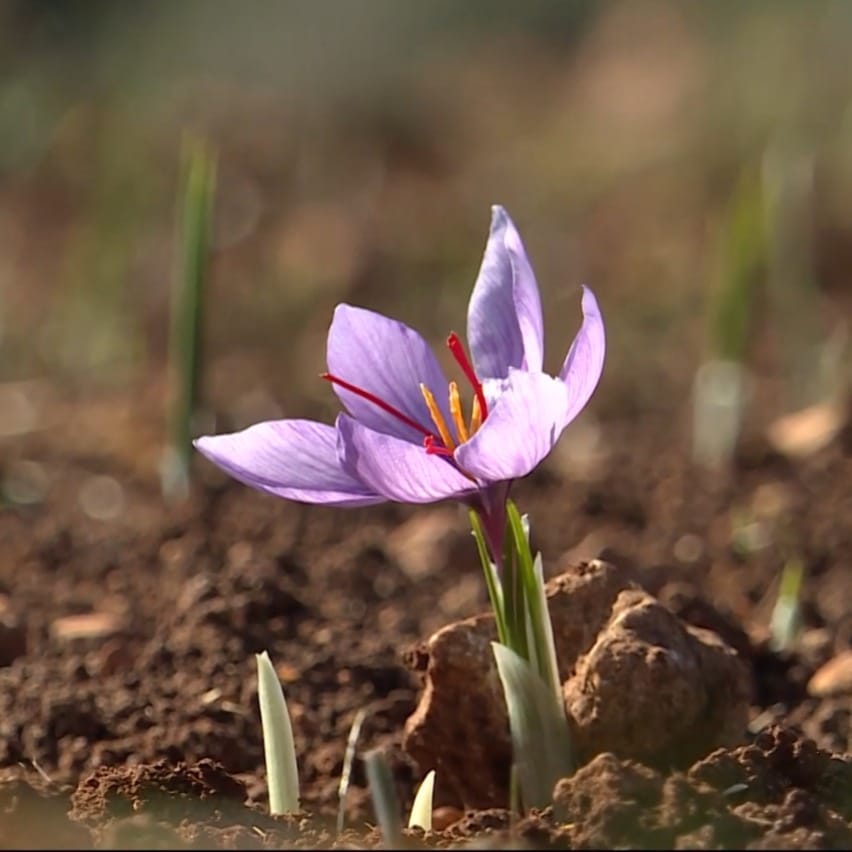
Did this prompt your return to Israel?
"Not exactly. At that time, a unique job opportunity in Africa came my way, and since I left art, I had to find another livelihood. So, I reached Africa and engaged in cocoa bean farming."
There too, he found success, bringing Israeli land cultivation technology to Côte d'Ivoire. So, he worked in Africa, occasionally visiting Israel, always knowing the day would come when he’d return for good. That day came after four years, when he left Africa and moved to Israel, quickly realizing agriculture would be his path.
"But I didn’t want to be just any farmer; I sought something unique," he explains. One day, it happened. "I attended a weekly class I frequented," Moshe recalls, "During a lesson, we studied the Song of Songs, interpreting verse by verse until we reached a verse where King Solomon lists spices, including 'kurkuma.' We paused there. We couldn’t explain the term, while all knew the yellow spice called turmeric is actually a root, and it didn’t make sense that King Solomon could smell it underground. The lesson ended unresolved, but it kept haunting me. I searched for answers, consulted various texts, and approached different rabbis until I found a Rambam’s article explicitly stating the biblical 'kurkuma' is today’s saffron, noting he used saffron medicinally."
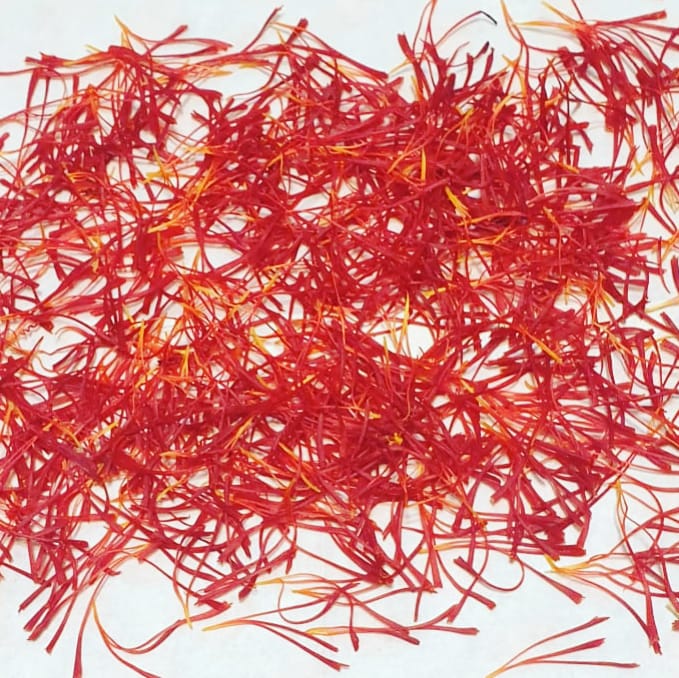
Moshe excitedly states that Rambam also writes that saffron was used for dyeing clothes, including priestly garments, fitting saffron perfectly. "Further references were found in the Qumran Scrolls," he reveals, "stating the first flower from the Garden of Eden was the saffron."
Next, he attempted to learn more about the unique plant, discovering it wasn’t cultivated in Israel, and supposedly impossible. "But I refused to quit," Moshe asserts. "I argued that one couldn’t deny that King Solomon once roamed Jerusalem smelling kurkuma. I was 100% certain it was feasible, so I decided to import the plant."
Before proceeding, Moshe consulted the Deputy Chief Rabbi of Israel responsible for kosher certification about the halachic aspect. "I discovered that since the destruction of the Second Temple, saffron hadn’t been grown in Israel, so I wanted to clarify its status regarding commandments tied to the land," he explains. "After thorough investigation, the rabbi informed me that saffron holds a unique standing concerning these commandments; it has no 'orlah' as it isn’t a tree, nor does it require tithing since it’s meant for Temple incense, exempting it from tithe related to offerings. Additionally, saffron doesn't require 'shmita' observance as it isn’t a flower."
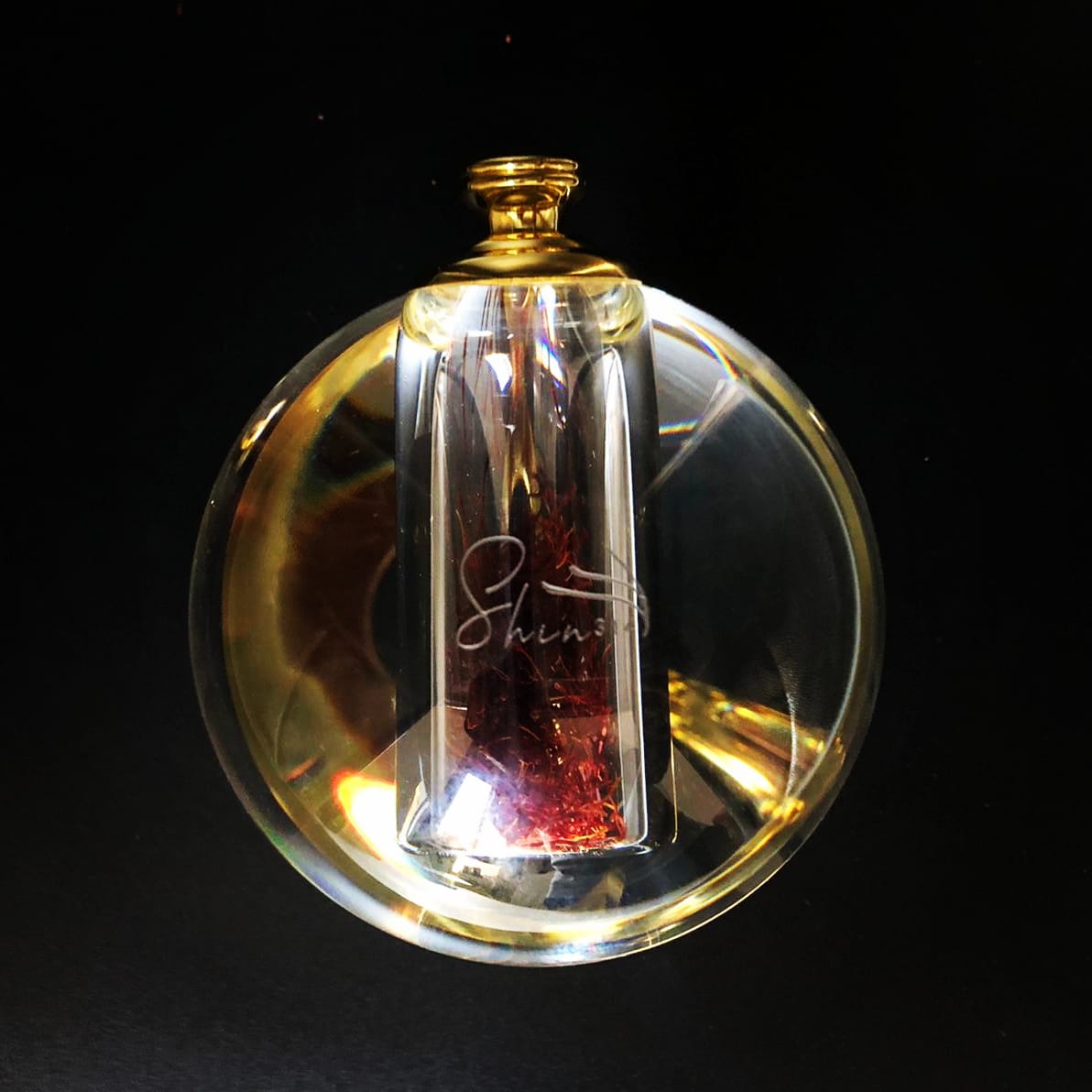
A Dream Turned Reality
With all the information in hand, Moshe finally tackled the task — importing the precious bulbs and decided to self-test by planting them across different Israeli regions — the desert, coastal plain, and Jerusalem hills. "Soon, we saw the trial in the coastal plain didn’t work, nor much success in the desert, making us worried. Moreover, experts we spoke to weren’t surprised, claiming past attempts in Israel failed, which led the Ministry of Agriculture to conclude it's impossible to grow saffron locally.
"No expert I spoke with said I wouldn't fail," Moshe emphasizes, "yet I refused to accept it, insisting that one day we’d need to produce incense, so we’d succeed. Indeed, the bulbs planted in Jerusalem sprouted flowers, which was quite emotional. Thus, we concluded that Jerusalem was the prime focus area."
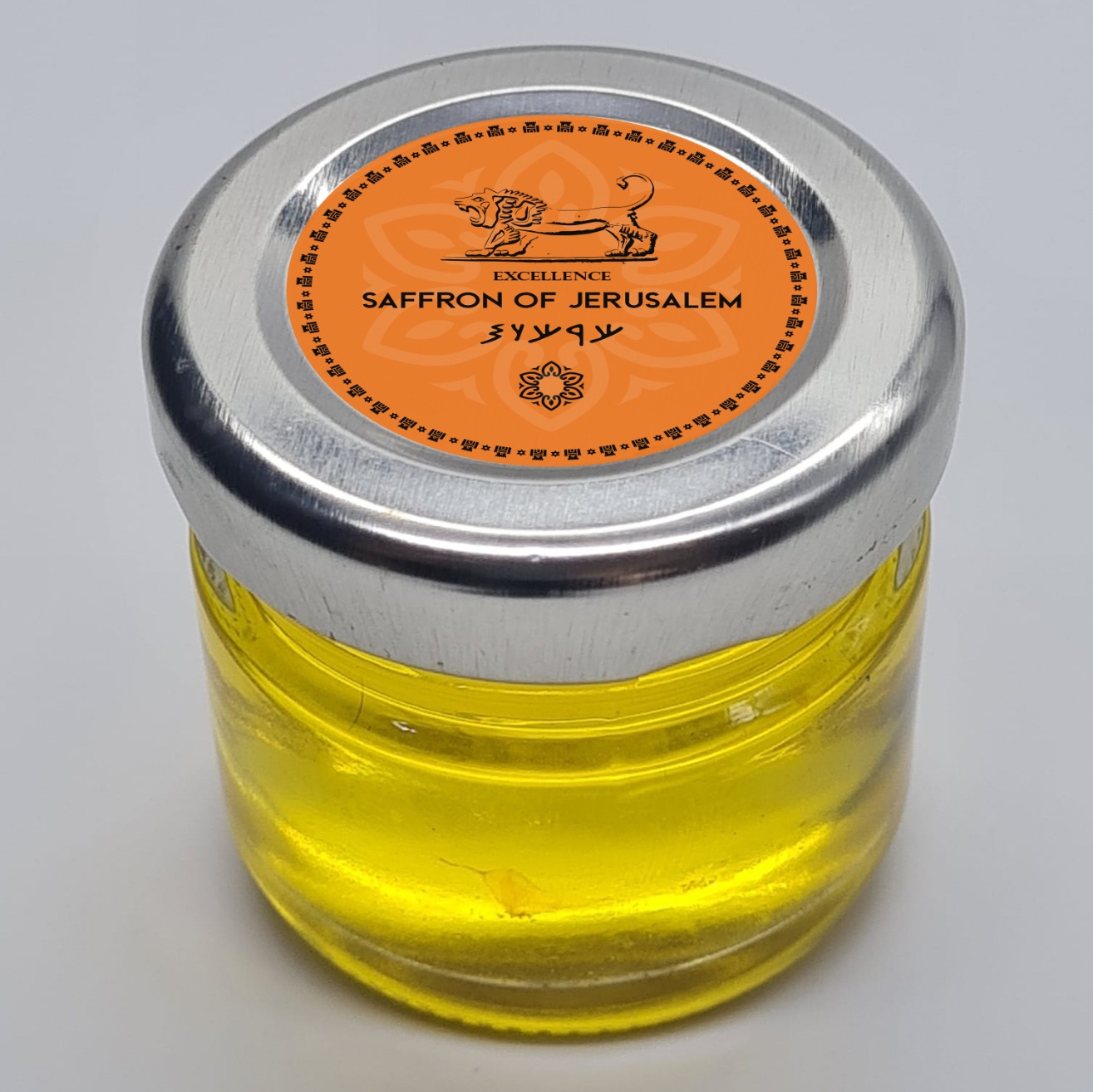
"Subsequently, I purchased large quantities of bulbs, not for trials, but actual cultivation, planting them in a grove we created in Moshav Bar Giora. From that point, no further planting was needed; saffron grows almost unaided. I just need to visit the farm with an experienced, careful team during harvest to collect the crop. Though the grove is vast, production is minimal, about five to seven kilograms annually."
Who are the main consumers of saffron?
"Primarily gourmet restaurants and top chefs using it for seasoning dishes, with one gram capable of flavoring 250 servings. In recent years, its medicinal use for attention-deficit disorders and eye diseases has also been noted, sparking medical interest. However, my greatest ambition is cultivating saffron as one of the incense ingredients."
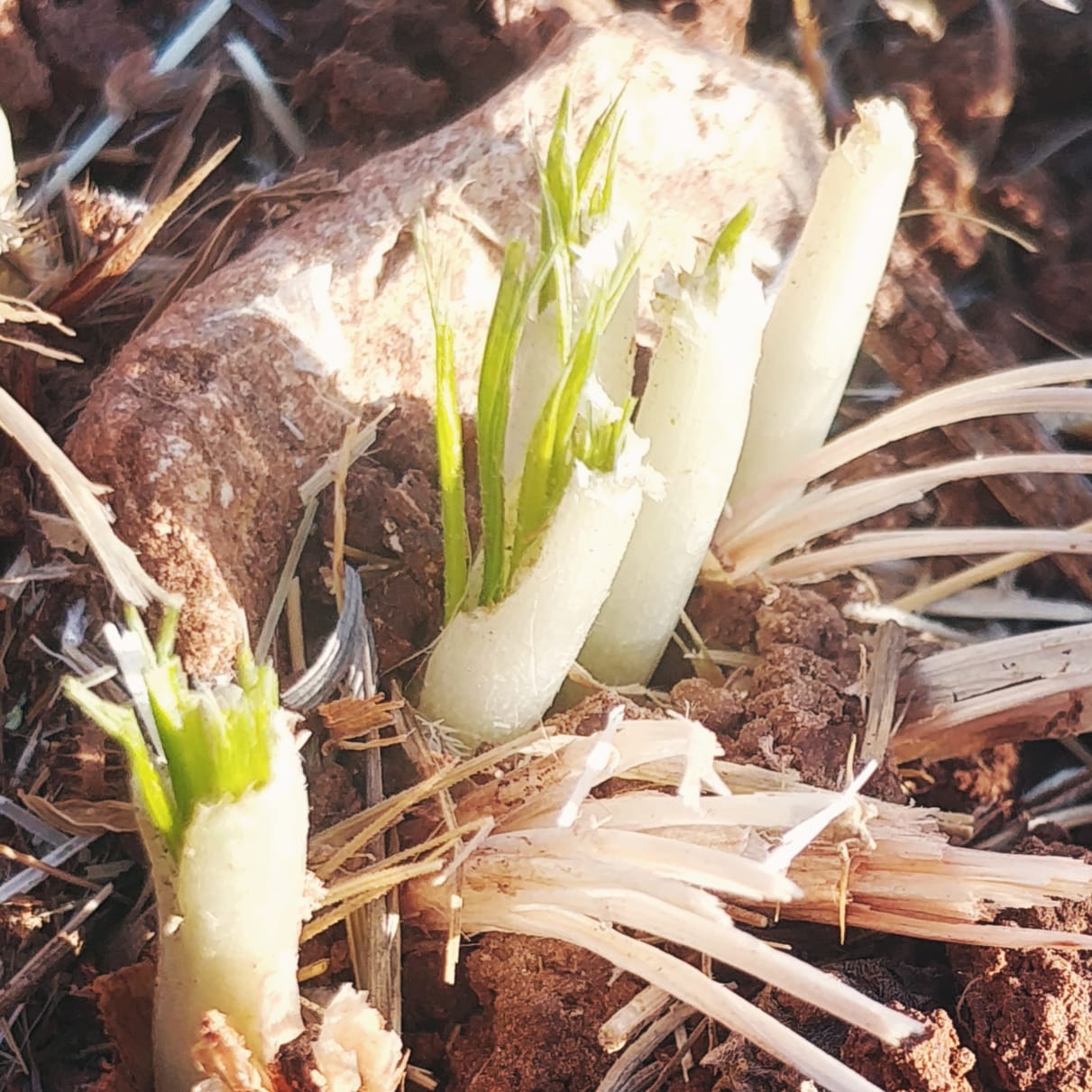
Are you prepared for that?
"Certainly, that's why I invested all efforts into growing saffron. Clearly, it wasn't purely for income; there's a profoundly important matter at stake."
Moshe notes he already presented saffron to the rabbinical court at Mount Zion, where a committee examined the plant’s bulbs and sent emissaries to inspect its growth, ensuring suitability for the Third Temple. After this process, they concluded with a highly encouraging result — saffron could indeed be used for this sacred purpose, even holding a ceremony where priests prepared incense, though not with all ingredients since complete incense isn’t allowed without the Temple. Now, we just await the day it will finally be used for its intended purpose," Moshe concludes. "We are ready."

